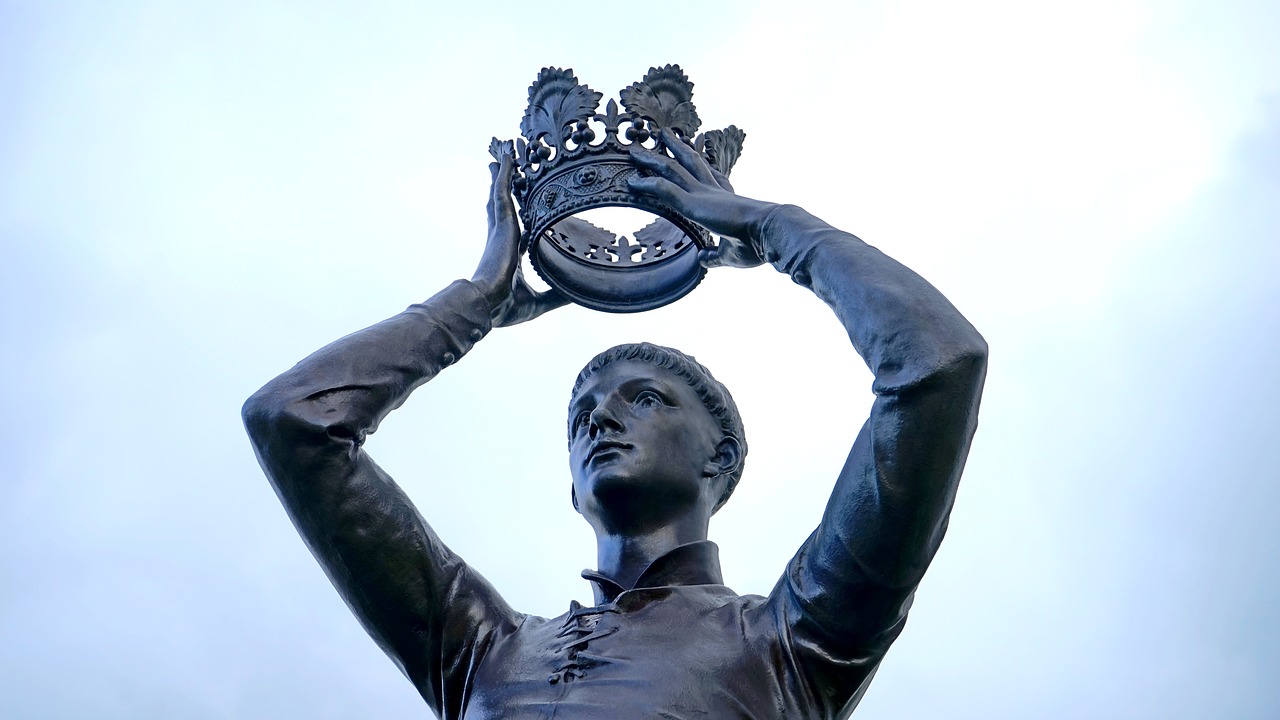
Secrets of Great Speech Design
You want to know the secrets of great speech design? There’s really only one. It’s what you know. To stand in front an audience and deliver a cracking speech that leaves them asking for more – you need to know … well what exactly?
Know Your Audience
Your audience is the great unknown. It’s the hardest to know but the most important.
Imagine you’re asked to stand in as a speaker at the last minute. You know nothing about your audience, walk into the room and …
You could deliver your proven keynote. Is that really for the best? The chance you’ll connect with your audience is low.
Why not take time getting to know your audience? They could discuss a question in pairs and share conclusions. This need not take long. It offers you an opportunity to find out what they know and to gauge mood and responsiveness.
Usually, you have more information but it is still helpful to gauge your audience’s mood. There are many ways to build a positive relationship with your audience, even where you already know a lot about them.
Your audience could be people you know well. Your hosts may provide information. Can you rely upon this knowledge? Pre-meeting research may be as valuable as direct observation at the meeting, eg if you know they are people in the same profession.
Know Your Business
You deliver your speech as a business owner. So, you need to know your business. Most business owners know aspects of their business but have blind spots. What do you know about your branding, products and services, proposition, problem and market?
Be clear about the basics. What business are you in? I coach business owners in local marketing. I position myself as a coach but I could be a marketer or storyteller. Because I talk about marketing and storytelling, some people believe I do one or both. You see the potential for confusion?
When you deliver a speech as a business owner, keep your business in mind. You aim to do justice to yourself and your business. Your speech should leave your audience hungry to know more. You can do this without spending a lot of time describing your business. Be in command of your material, particularly as it relates to your business.
Know Your Topic
Research your topic. One frequent mistake is to focus solely on one type of raw material, so here is an overview of possible sources.
- You can learn a lot about how to structure your talk from traditional stories. How to introduce emotion and tension, add relevant detail.
- Historical material provides ideas for stories.
- Experiences of friends, family, customers and others.
- Case studies show how you work with customers.
- Personal stories introduce yourself and the values underlying your business.
- Business or product origin shows how you and your associates built your business or a new product or service.
- How things work, including recipes and instructions.
- Data and statistics – how do you present these to make a point without overwhelming your audience?
You see the range of skills you can bring into play, to compile a compelling talk.
Know Your Desired Outcome
Be clear about what you want from your audience. If you sell from the stage, you are clear. Your problem is how, not what. You are likely too, to be in a minority. Many people dislike the idea of selling from the stage.
If you seek significant commitments of time, money or energy, learn how to sell from the stage. “Buy from me because I’m brilliant” is unlikely to be effective. Use a narrative that brings some in the audience to the point where they’re ready to buy. Your narrative shows you understand their problem and offer a solution.
For smaller commitments, selling from the stage is easier. You may have a story to tell and your speech from the stage whets appetites for your book. The challenge is not persuading people to buy so much, as suggesting what they might do if they buy the book. Is there a next step and if so, what is it?
Sometimes it’s better to find interested people and offer a smaller step. This helps where your offer may not suit everyone. Arrange to meet face-to-face and find out whether there is a good fit, to tailor your offer to each need. Coaches often use this approach.
You don’t want to make a sale or get the audience to do anything? Think again! Why deliver this talk? What change do you seek in your audience’s thinking? What new insights do you want them to take away? It’s your responsibility to guide their thinking. Could you offer a question to discuss or think about at home? How can they follow up your talk? Your keynote is not an information dump, get your audience to take action. Otherwise, what is the point?
Conclusion
To deliver a brilliant keynote, understand your audience, know what your business offers, assemble material to use during your talk and decide what change you want to see.
As you dig deeper into one, it implies changes in all four. You may find you circle around these four several times. When your plans are good enough, try your keynote with a real audience.
Maybe you need a step-by-step plan? Come back next week to find steps to create a brilliant keynote.





